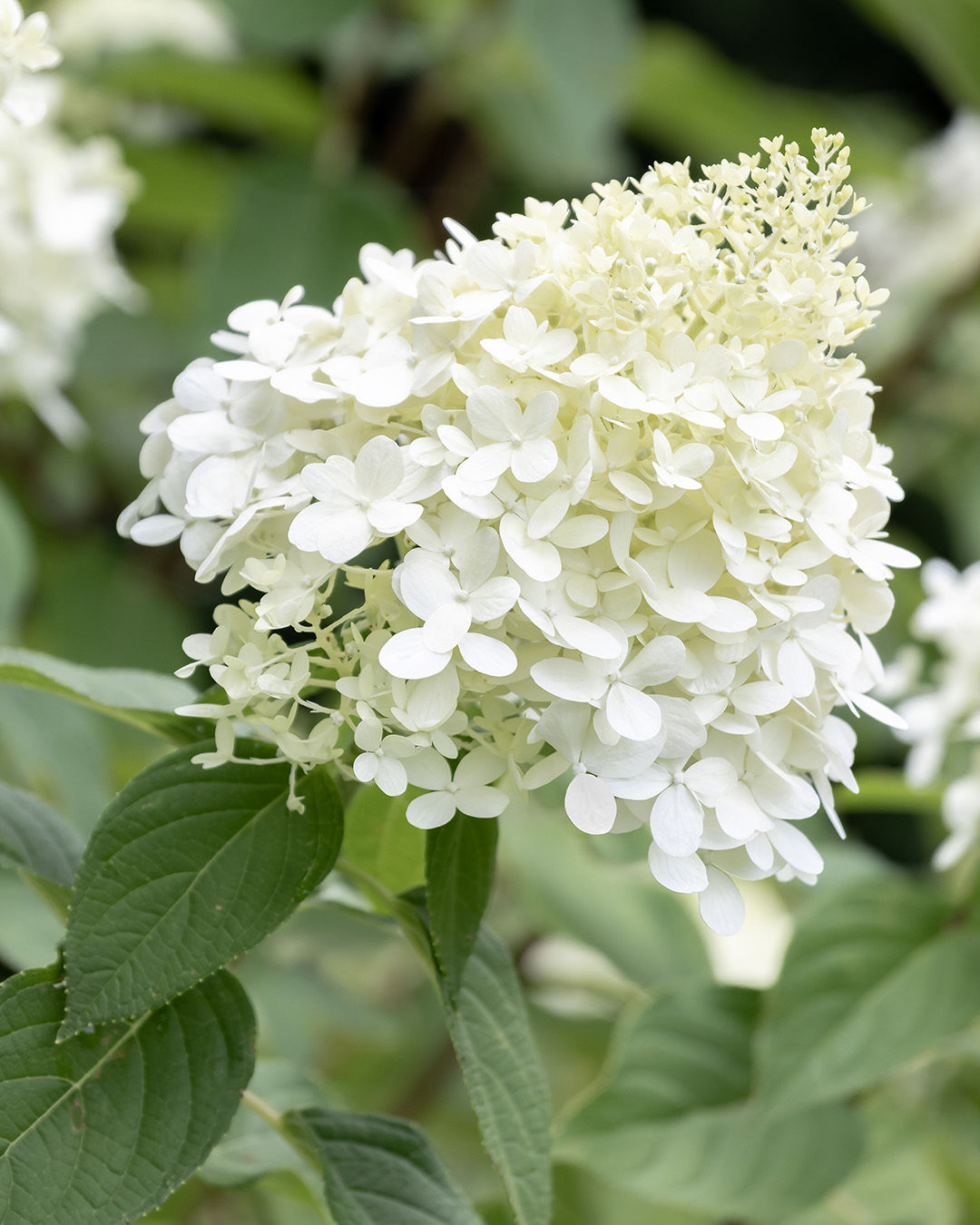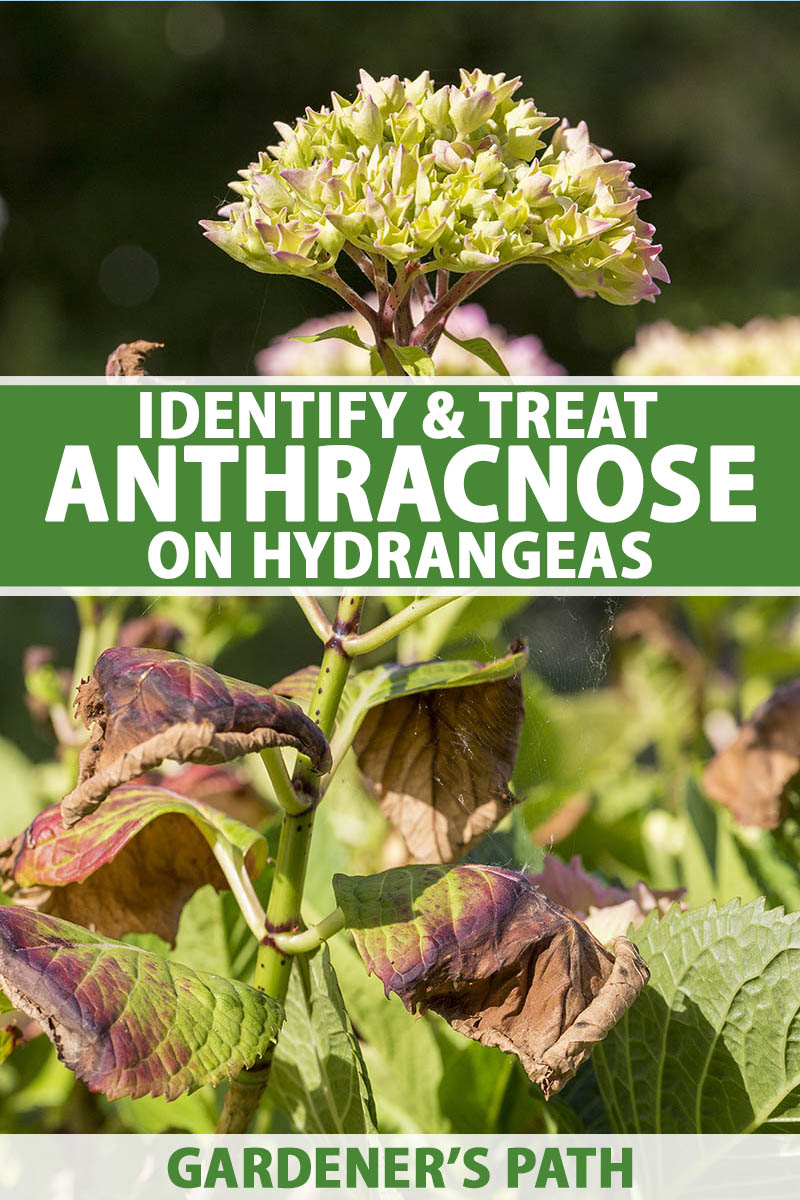See This Report about Hydrangea Leaves Turning Yellow
See This Report about Hydrangea Leaves Turning Yellow
Blog Article
Rumored Buzz on Hydrangea Leaves Turning Yellow
Table of ContentsTop Guidelines Of Hydrangea Leaves Turning YellowHydrangea Leaves Turning Yellow - An OverviewThe 8-Second Trick For Hydrangea Leaves Turning Yellow9 Easy Facts About Hydrangea Leaves Turning Yellow DescribedFascination About Hydrangea Leaves Turning YellowThe Buzz on Hydrangea Leaves Turning Yellow
One possibility is that the plant is not getting enough sunlight. During the winter season, the days are shorter, and the sun is not as extreme, so ensure to put your Hydrangea in an area where it will get at least 6 hours of sunshine every day. One more reason for Hydrangea yellow leaves in winter could be way too much water.The leaves might be turning yellow due to temperature level stress and anxiety. Hydrangeas like cooler temperature levels, so if the plant is in a spot that obtains as well hot or also chilly, the leaves will certainly transform yellow. If you think temperature level anxiety may be the issue, attempt moving your Hydrangea to a different area or securing it from the elements with a cloth wrap.
New development will be observed in early springtime, when you'll notice environment-friendly foliage sprouting from stems that may have appeared dead. If your leaves are transforming brown in springtime or summer, there are most likely other aspects at play (Hydrangea Leaves Turning Yellow). The accurate factors depend on the selection and their growing problems, yet generally, brownish hydrangea leaves are a sign of dehydration and wilting in the warmth
The Best Strategy To Use For Hydrangea Leaves Turning Yellow

Wilting is triggered by lack of wetness, meaning there are a few great methods to use to avoid this from taking place. Offer your hydrangeas a healthy glug of water every few days when the temperature levels are climbing up high, and treat the soil to much better preserve moisture. After watering, a dab of mulch around the base of each plant need to assist with this by maintaining dampness in the dirt.
This disrupts fungi spores from clearing up. "The Botrytis fungi grows in amazing and damp problems, so stay clear of bathing the entire plant when watering and just water at the roots," shares Roy Nicol, a Master Horticulturist. If you've missed the opportunity for prevention and are taking care of an infection you must get rid of all dead or severely infected fallen leaves from the plant and damage them to stop additional spread.
The 9-Second Trick For Hydrangea Leaves Turning Yellow
As a basic policy of thumb, we suggest removing fallen leaves when they are 50% brownish or higher. While browning brought on by any type of reason can not be turned around, taking the corrective activity explained above will urge the plant to expand new fallen leaves so the damaged find out here leaves either drop off naturally or can be gotten rid of by the garden enthusiast.
Hydrangeas need to be watered just when the top few inches of dirt are dry, and must be given a complete soaking each time. Underwatered hydrangeas are likely to have yellow, wilting, and sagging fallen leaves.
The way you deal with hydrangea leaves turning yellow depends upon the vital issue triggering the yellow fallen leaves. article source This can be difficult to figure out, yet once you do you will have the ability to readjust your plant care accordingly to deal with the trouble. As mentioned before, a typical concern with hydrangeas is nutrient deficiencies.
The Basic Principles Of Hydrangea Leaves Turning Yellow
Throughout the height expanding season, you must water at a rate of about 1 inch per week. If you are fretted about not properly watering your hydrangeas, there are a pair of points you can do. Including mulch to the base of the plants over the root zone aid to manage the temperature level around the bush and maintain water in the dirt.
Additionally, you can buy and install simple watering worlds. Sprinkling worlds hold water in them and slowly launch this water right into the soil as the ground ends up being dry. Simply load the Visit Website world with water, stick the spout into the dirt within the origin zone near the base of the plant, and leave it in place till all the water is gone.
If it is as well serious, some plants will never recoup from transplant shock and will certainly proceed to decline up until they die. Minimize transplant shock by consisting of as numerous origins as feasible when excavating up your plant to relocate. Make sure to offer more water than common in the weeks adhering to growing to assist your plant recover and expand brand-new roots.
Little Known Questions About Hydrangea Leaves Turning Yellow.
To avoid spreading out fungal conditions, be sure to thouroughly tidy and disinfect any type of trimming tools before and after usage. You can attempt to purge the roots with water to eliminate excess fertlizer.
Your hydrangea plant prefers well-drained, moist soil. If the pot has poor drain, or your dirt is flooded, the fallen leaves will certainly start to transform yellow.
If you don't water your hydrangea plant for even more than a week, the fallen leaves will certainly begin turning yellow. Fungal conditions that attack the plants tend to show indications on the origins and the fallen leaves of the plant.
How Hydrangea Leaves Turning Yellow can Save You Time, Stress, and Money.

Report this page